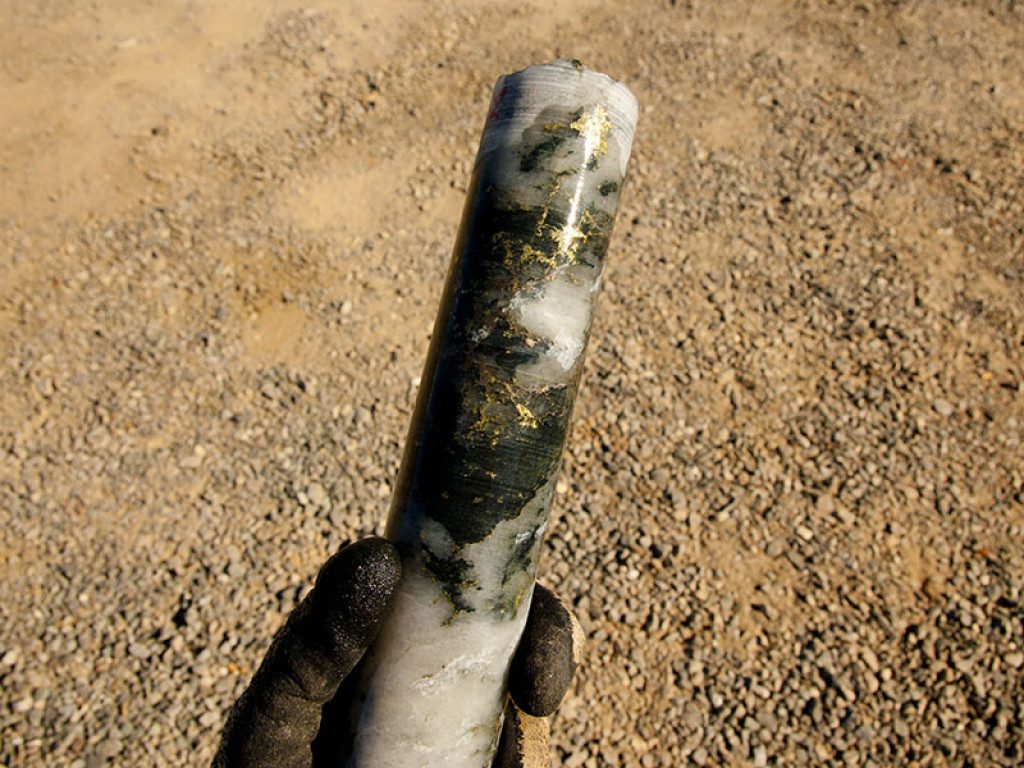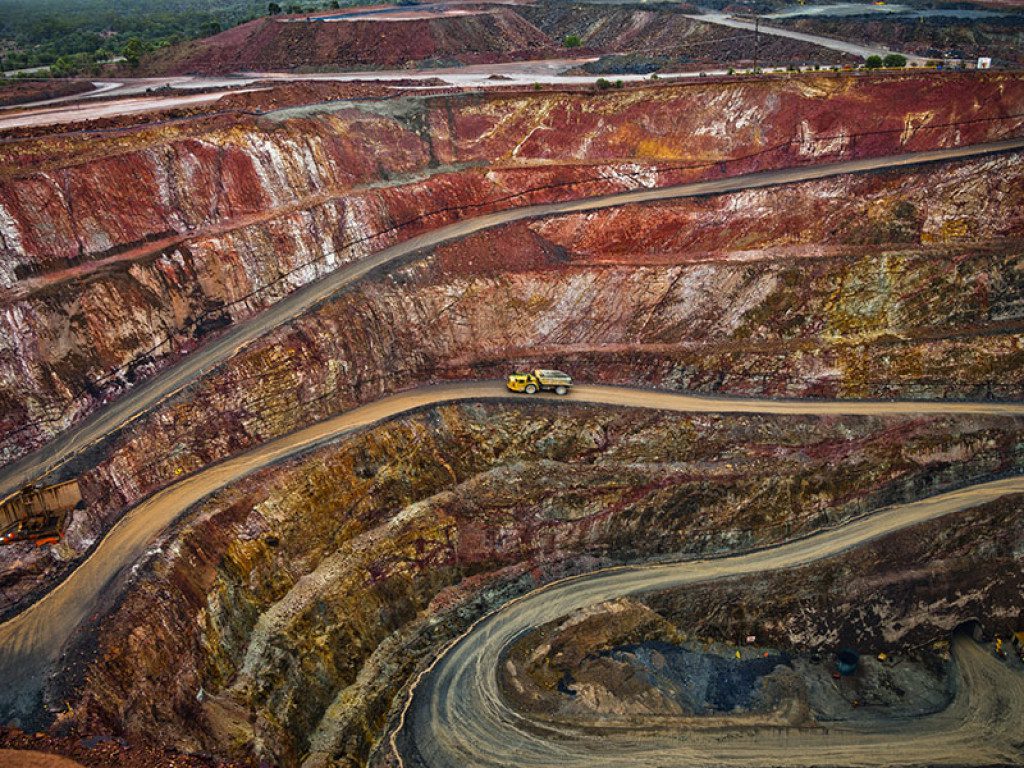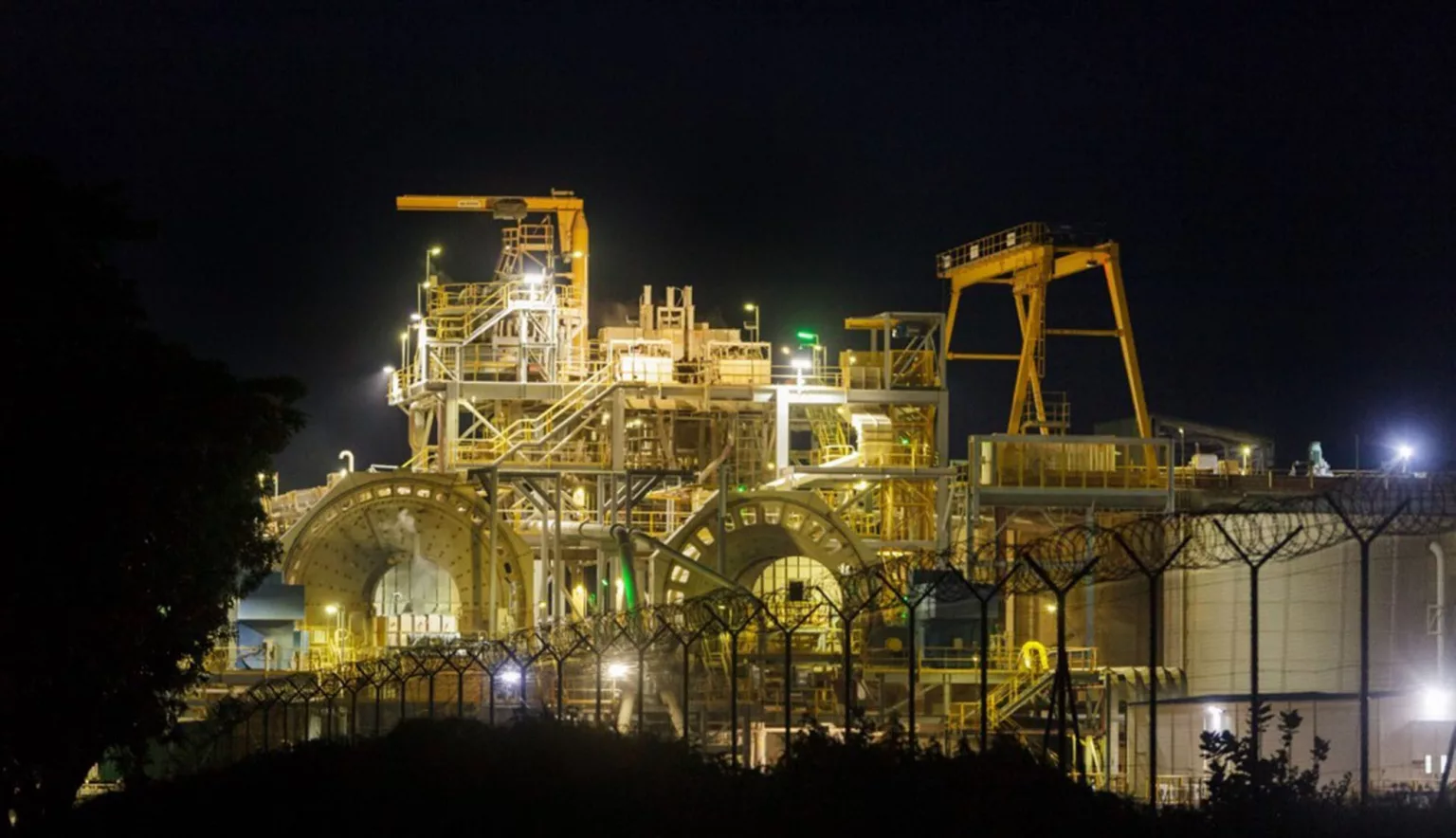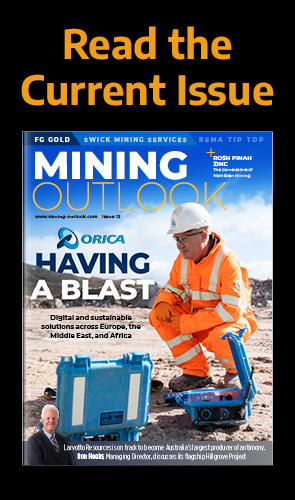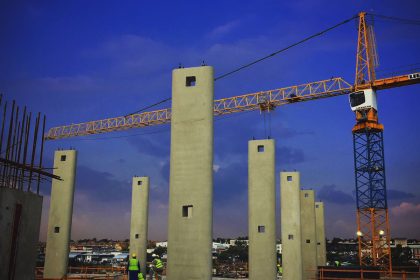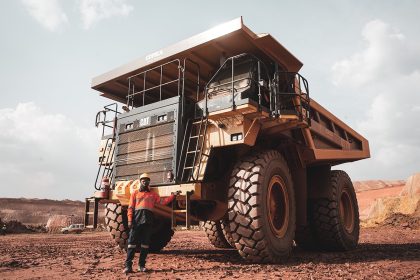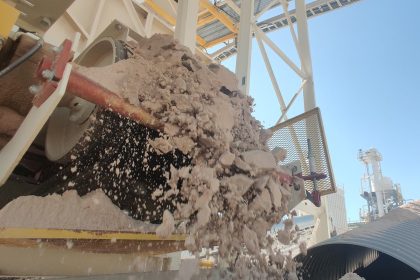- SPOTLIGHT ON MINING IN BURKINA FASO
- THE MODERN GOLD RUSH
- ARTISANAL MINING
- Q&A : CHAMBRE DES MINES DU BURKINA (CMB)
- Can you talk us through the origins of the CMB, how it came about, and its initial vision?
- Since inception, how has CMB developed and progressed in terms of its key objectives and the messages it tries to get across?
- What do you find most exciting about Burkina Faso’s mining industry?
- On the flip side, what are its biggest challenges?
- Have you got any projects in the pipeline you wish to highlight?
- How do you see the CMB developing over the next five years?
SPOTLIGHT ON MINING IN BURKINA FASO
THE MODERN GOLD RUSH
Gold is the lifeblood of Burkina Faso’s trade economy, as the country’s top export commodity. Indeed, Burkina Faso stands as the fourth largest and the fastest growing gold producer on the African continent. Other notable resources across the country include zinc, lead, copper, iron, manganese, cassiterite (tin ore) and phosphate. From 1986 to 1997, when gold production was at its peak across the country, Burkina Faso produced over 26 tonnes of pure gold, including 13.93 tonnes from large scale industrial sites, and an additional 12.26 tonnes from artisanal mining.
These other resources have a key role to play in the diversification of production that is needed across the sector. Manganese, zinc, lead, copper, nickel, and limestone in particular have all been identified as areas of enormous potential for the industry. This will help to circumvent the fluctuating and unpredictable value of gold on the market, although conditions at present are extremely favourable.
Gold and zinc are the two key players behind Burkina Faso’s potential mineral wealth. Gold mines are dotted across the country, particularly in Poura, southwest of Koudougou, and Essakane with smaller gold deposits found in the northern region near to Sebba and Dori-Yalogo. In terms of manganese, substantial resources lie in the northeast surrounding Tambao. Although potentially boasting one of the globe’s richest deposits of manganese, an inadequate transport infrastructure limits its full exploitation.
ARTISANAL MINING
It is estimated that there are over 1,000 businesses related to mining spread across Burkina Faso. This is split between major projects and a thriving small-scale and artisanal mining sector. The latter is an area fraught with risk and complications, with many informal operations relying on the use of smuggled explosives. Such sites are also frequently targeted in attacks. Indeed, a report by Al Jazeera suggests that there are presently 800 active artisanal sites throughout Burkina Faso, with the informal mining sector employing and indirectly supporting approximately three million people.
Artisanal mining is a historic activity in Burkina Faso, and one that dates back to when this area of Africa was known as the ‘Gold Coast’. To this day, such sites mainly consist of gold mining operations, with the precious resource at risk of being smuggled into neighbouring Togo, Benin, Niger and Ghana. On top of this, using mercury to separate gold from the ore is a common practice amongst artisanal miners – a method that carries serious health implications. Miners lack awareness of other mercury-free methods, nor is there the sufficient training or financial investment available to access alternative options. As such, more supervision and regulation of these smaller sites is critical, as part of their wider formalisation. Agencies such as the Agence Nationale d’Encadrement de l’Exploitation minière Artisanale et Semi-mécanisée (ANEEMAS) play a crucial role as public structures organising the artisanal mining sector and bringing greater transparency to an area that has the potential to improve the economies of local communities.
Complementary to this, the Local Community Development Fund, embedded in the national mining code in 2015, is instrumental in ensuring that host communities benefit from mining operations. This enables the return of wealth at a local level, thereby improving the general business climate of the industry.
As evidenced by the rife dangers of artisanal mining, security is a paramount concern across the industry and represents one of the greatest challenges facing exploration companies.
Operators must confront significant costs primarily in both security and logistical aspects, as two areas that require a level of investment that can impact margins. In the northern and eastern regions of Burkina Faso in particular, this has impeded drilling operations to the extent that such activity has practically stalled. This is a hurdle that must be overcome if the country is to continue diversifying its mining and increasing production, since the industry’s future relies on new discoveries.
In addition to this, active mining companies must adapt their operations by liaising with both government and public administration to maintain uninterrupted activity at the mines, particularly during the recent crisis of the COVID-19 pandemic. This calls for coordinated strategy across the country’s ministries of mining, health, finance and security.
Burkina Faso is widely acknowledged as an area of untapped potential in terms of exploiting its full mining capabilities. Yet the dynamism and progress of the sector over the past 50 years and the improvements to come, suggest a promising gold-tinted future.
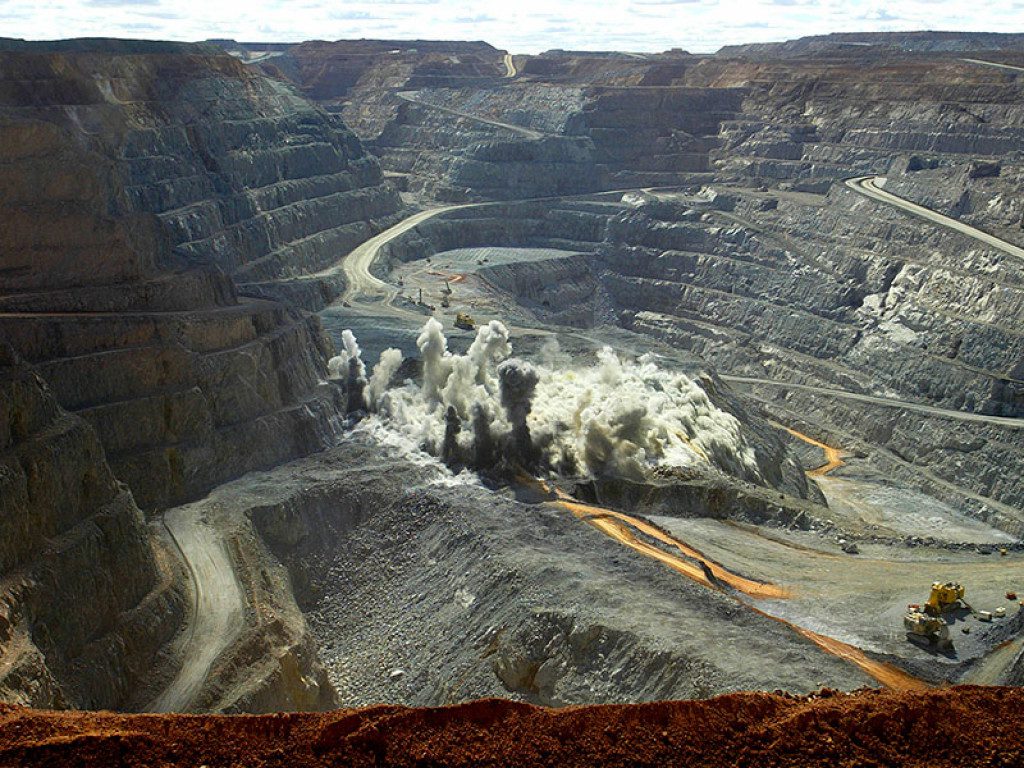
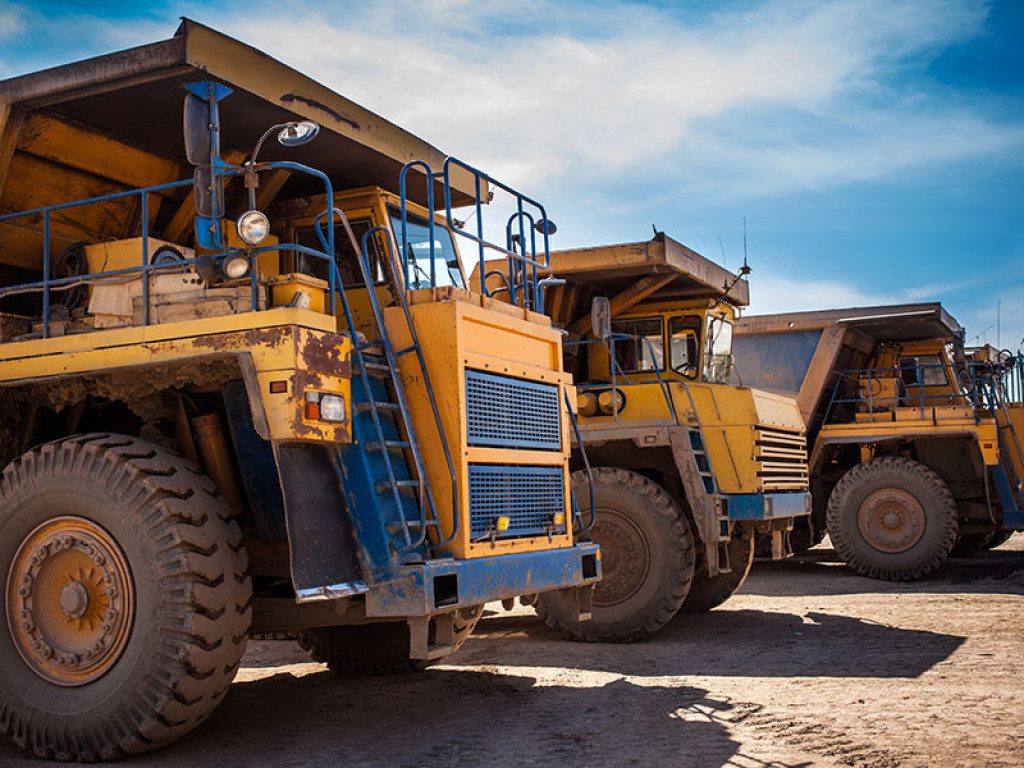
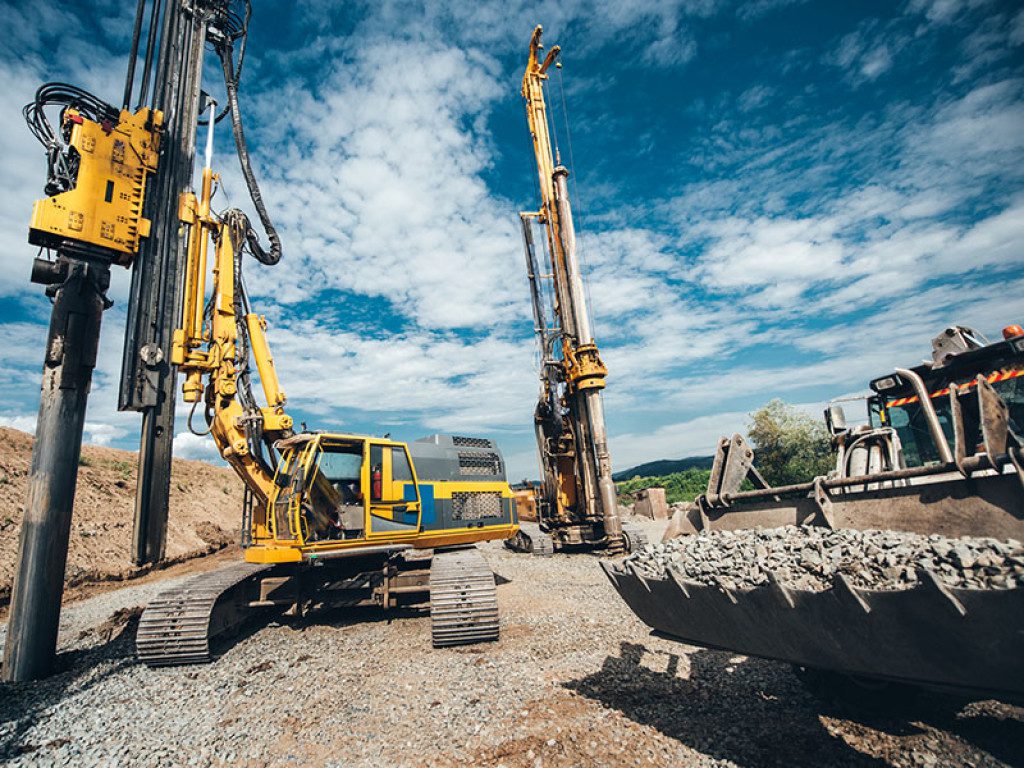
Q&A : CHAMBRE DES MINES DU BURKINA (CMB)
Adama Soro, CEO at the CMB explores the umbrella organisation’s role in realising socio-economic transformation for Burkina Faso through the sector’s progress.
Since its inception in 2011, the Chambre des Mines du Burkina (CMB) has acted as a key constituent behind the institutional force of the country’s mining sector. Encompassing over 50 members, the CMB unites all the sector’s major players to advocate for its collective progress. As part of the wider Ecowas Federation of Chambers of Mines, CMB participates on an international level in discussions concerning governance and competitiveness and works closely with government for the sector’s best interests.
The CMB provides both national and international audiences with a reliable source of information concerning the mining sector’s status. As a non-profit association, CMB guarantees both transparency and fairness in ensuring the promotion of various actors within the sector as mining in Burkina Faso continues to rise in prominence on the African industrial stage.
Amongst its major objectives, CMB is dedicated to the communication and exchange of information related to mining issues with other chambers of mines, national institutions, and international organisations related to the mining industry both across Africa, and around the world. The CMB provides a relevant and clear strategic framework of information in an effort to streamline and consolidate the sector’s activities and best interests. The operation of the chamber is divided between the three major components of the general assembly, the board of directors, and the executive direction.
As the voice of the country’s private mining sector, the CMB unites players in exploration, exploitation and mining geoservices, including analytical laboratories, survey companies, and mining subcontractors. Through both its website and the information that the chamber collates, the CMB constitutes an invaluable database of research for the enrichment of mining in Burkina Faso and beyond. CEO at the CMB, Adama Soro, tells us more.

“For a country such as Burkina Faso, this is a defining moment – this is the time to accelerate the socio-economic progress of the country”
Adama Soro, CEO, CMB
Can you talk us through the origins of the CMB, how it came about, and its initial vision?
The mining sector in Burkina Faso has experienced a great expansion since the 2000s. To date, there are 18 mines in operation with the start of the production phase of the Orezone Bomboré mine due in 2022. This promotes the country to the stage of major mining countries, ranking fourth among mining countries in Africa behind Ghana, South Africa and Mali. Today the sector contributes up to 322 billion CFA F (West African francs) to the state budget, which equates to 15 percent of total state revenues. By 2010, at least 60 international companies were already involved in exploration and mining in Burkina Faso. These included companies from Australia, Canada, Russia and South Africa. More than 600 permits were awarded at that time. Consequently, we can state without hesitation that the mining sector occupies an important position in the country’s economy and with regards to its huge potential, this has been unveiled by eminent personalities such as the late Dr. Emile Gansonre, a renowned and highly respected precursor of mining in Burkina Faso.
It was thus crucial, to gather the key players of the sector under an umbrella organisation which will become not only a defender of the interests of the sector but also an active player in the process of optimising the sector’s contribution to the growth of the national economy. This led to the creation of an organisation that would grow to become the Chamber of Mines that we know of today. The Chamber of Mines is a non-profit association and currently comprises about 50 local and international companies operating in the fields of exploration and mining as well as geoservices (analytical laboratories, drilling companies, mining subcontractors). Since its creation, it has not ceased to make major achievements thanks to the dynamism of its members and the will of the various Presidents who headed the organisation since its creation. I would like to take advantage of this platform to pay tribute to all my predecessors.
Since inception, how has CMB developed and progressed in terms of its key objectives and the messages it tries to get across?
The Chamber of Mines concentrates its efforts on defending the interests of its members. It is thus one of the most influential players in the sector. This strategic position allows it to carry out noticeable actions aimed at improving the socio-economic paradigm in Burkina Faso.
Since inception, the Chamber of Mines has thus worked relentlessly to promote, develop and defend the competitiveness of the mining industry in Burkina Faso in partnership with the state government. It also acted as the spokesperson of the mining sector with regards to the public, to whom it must communicate and exchange information on mining issues in Burkina Faso. In fact, the mining sector in Burkina Faso is plagued by many prejudices that overshadow the immensity of the results that are achieved every single year. Indeed, at the close of the 2020 fiscal year, the mining sector alone had generated nearly 2,000 billion CFA F in exports.
The mission of defending the interests of its members requires the Chamber of Mines to be in direct collaboration with the government in order to negotiate the implementation of laws and regulations that could both maintain the competitiveness of the sector and make it more effective in terms of the role it plays in the economy of Burkina Faso. The points of negotiation touch on various issues of equal importance. Among them is the mining code, which governs all exploration and production operations within the sector. In order for the sector to foster, there must be a competitive legal and fiscal environment that firstly promotes the development of current operations and secondly attracts more foreign investors operating in the sector. The points of negotiation also touch on the implementation of the law on local content, covering issues of supply, human capital strengthening, and development of the economic fabric. We can also mention points related to VAT, the collective agreement of workers which is under negotiation with the Ministry of Labour, and of course security matters.
What do you find most exciting about Burkina Faso’s mining industry?
It is interesting to see the immensity of the potential of the mining sector in Burkina Faso. The pace at which it grows is phenomenal with an average of 1.5 mines per year being created since 2010. The exploration efforts have unveiled interesting perspectives for the future of mining and for gold in particular. This shows that mining is on the cusp of being the top contributor to the GDP of the country. It is also exciting news for investors and local communities who will highly benefit from the exploitation of gold.
This is what led the government and its mining partners to introduce the law on local content in order to optimise the impact of the industry on the core of the national economy. For a country such as Burkina Faso, this is a defining moment – this is the time to accelerate the socio-economic progress of the country. And for us as mining operators, it’s time to augment our investments and create more assets.
I am glad, in this particular period, to be serving as a President of the Chamber of Mines and as a VP Public Affairs of one of the biggest gold producers in the country.
On the flip side, what are its biggest challenges?
Despite the promising aspect of the mining industry in the country, there are still some challenges which I strongly believe can be tackled if all the actors including government and private partners work closely together. The current security situation can slow down exploration activities if a solution is not found.
Thankfully, we are working with local security forces and the government to guarantee the safety and the continuity of mining and exploration operations. Another challenge is the COVID-19 pandemic. However, as soon as it hit, mining companies in Burkina Faso deployed their business continuity plans to maintain their production. In light of that and with vaccination efforts, the mining industry has only minor worries and remains confident to surpass its objectives.
Have you got any projects in the pipeline you wish to highlight?
We are currently exploring different avenues that will allow the Chamber of Mines to no longer depend exclusively on the contributions of its members. Among these avenues we can mention the financing of joint projects with the World Bank, and possible partnerships with the Chamber of Commerce and Industry for the management of airport warehouses exclusively dedicated to the mining sector. All these opportunities must be carefully analysed and our experts in the specialised commissions are looking into them.
Meanwhile, we are working closely with the state to address the issue of security, to settle the delivery and the renewal of exploration permits and to successfully implement the new law on local content. All our members are onboard and proactively working to make these projects a tremendous success.
How do you see the CMB developing over the next five years?
My vision and that of my peers is to build a strong, dynamic and autonomous Chamber of Mines that has everything it takes to defend the interests of the sector while working to position mining as a major player in the socio-economic development of Burkina Faso. At the end of our mandate, we want gold to shine for all in Burkina Faso and as a valiant optimist, I am convinced that we will achieve this, but only with the involvement and the will of each actor.
